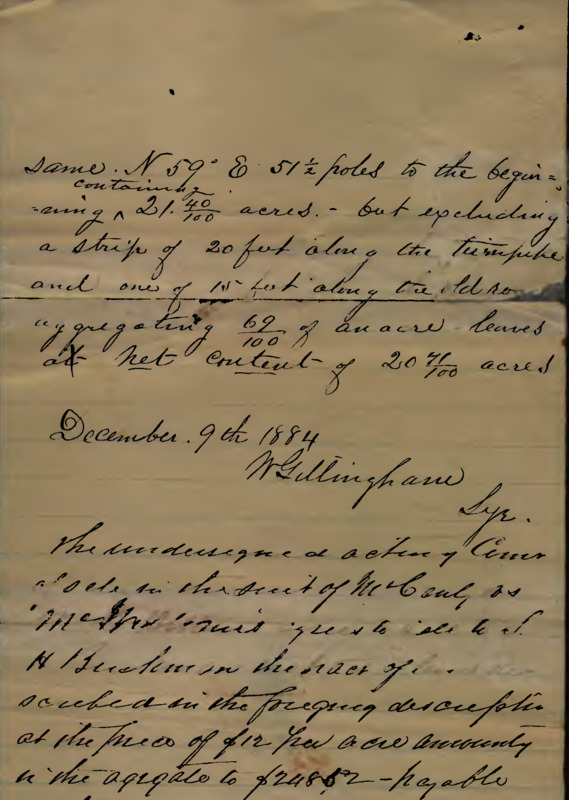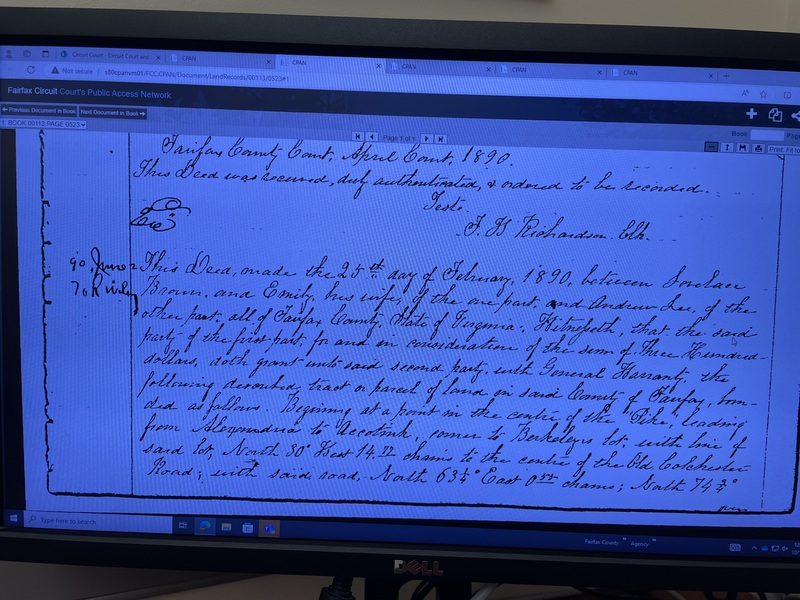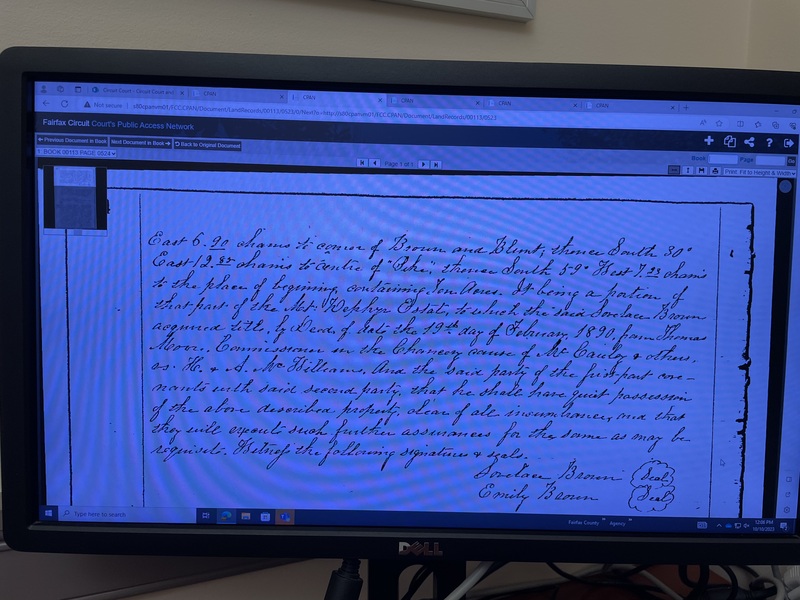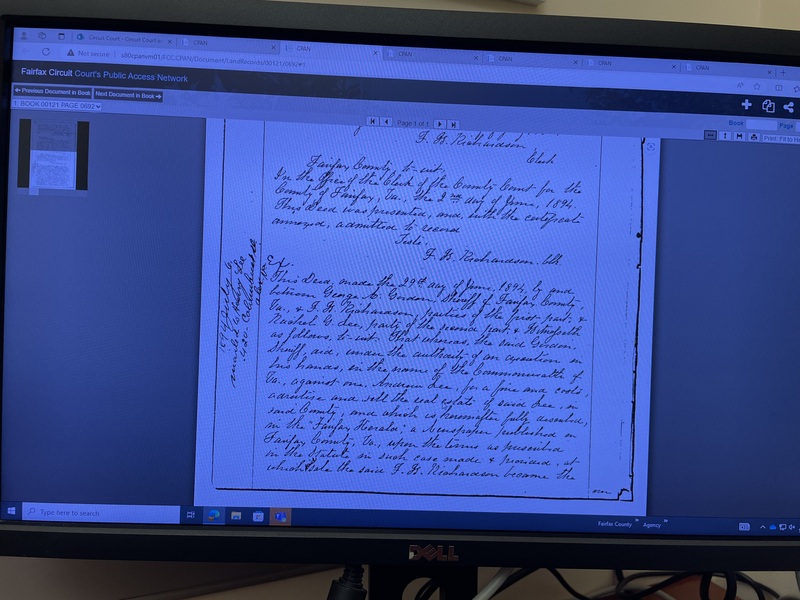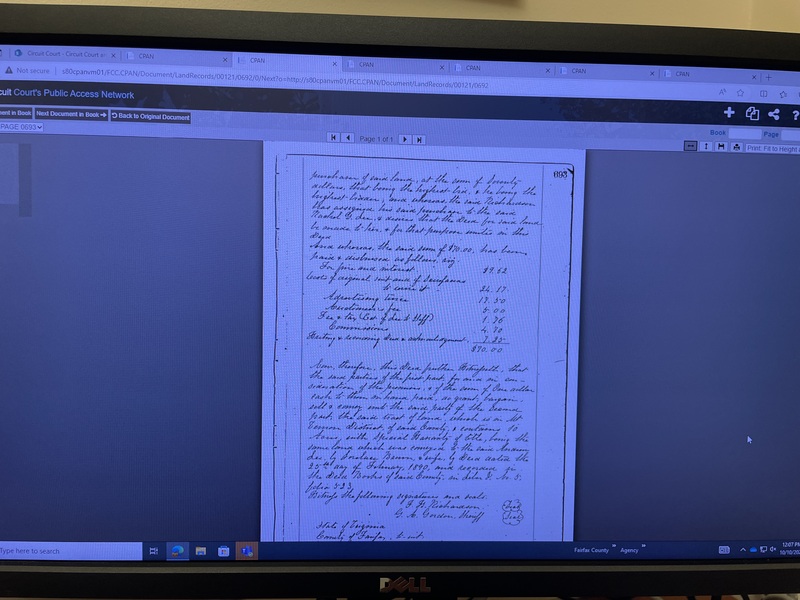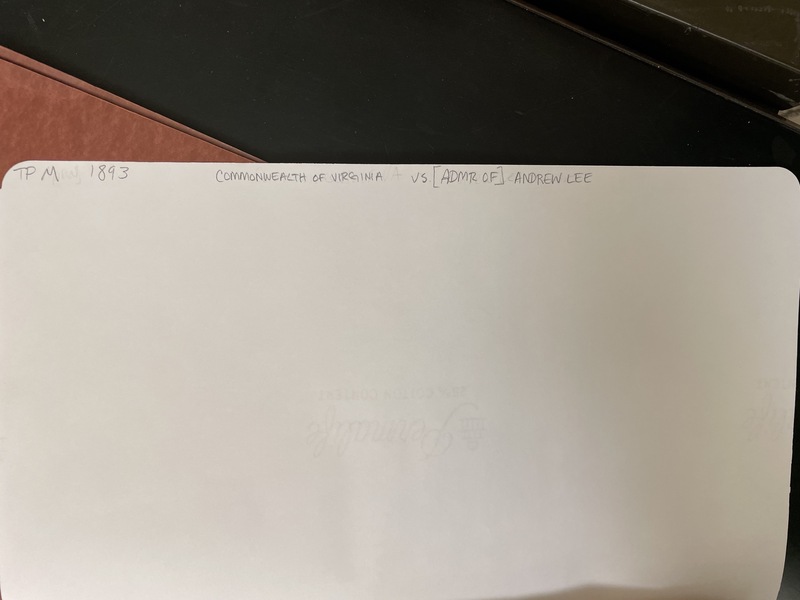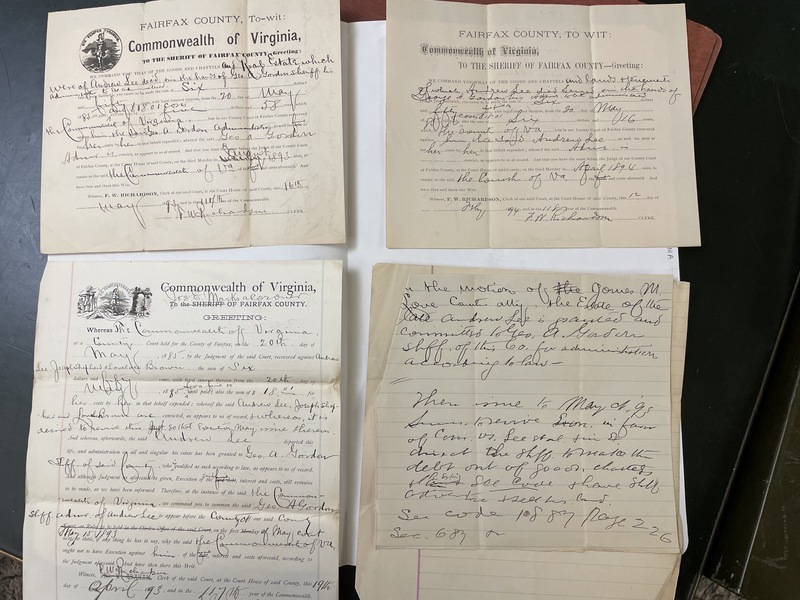Andrew Lee's Land
The story of Andrew Lee's land is fascinating and mysterious.
In 1886, the land that Andrew Lee later purchased was at the center of a chancery case between MccAlley and McWilliams. However, through the case, the land was sold to Lovelace and Emily Brown.
Lovelace Brown was an exceptional black landowner who represented several crucial aspects of African-American life during the 19th century. His ownership of over a hundred acres was a rare feat for African Americans due to the systematic barriers present at the time. His appearance in the tax records demonstrated financial independence and social recognition, reflecting the efforts of African Americans to establish themselves after the Civil War. Lovelace Brown also played an active role in regional development, symbolizing the progress and resilience of African Americans during the transformational era.
On February 29th, 1890, Andrew Lee purchased ten acres of land from Lovelace and Emily Brown for three hundred dollars. However, Andrew Lee was not found when the 1891 tax record was checked. It wasn't until the following year, in 1892, that his name appeared on the tax record. It can be assumed that either someone else paid the tax for him or the tax record was missed due to human error.
According to the deed, Andrew Lee lost his property in 1894 due to his failure to pay the required land tax only three years after he had acquired it. In 1892, a local newspaper reported the death of Andrew Lee, whose details matched those of the property owner. This could have been the reason for his non-payment of taxes.
Despite this, Andrew Lee was still listed as the property owner on the 1894 Fairfax County Tax Record, indicating that taxes were paid under his name even though he no longer owned the property. The question of who paid the taxes and why they were still imposed under Andrew Lee's name remains a mystery to this day.
In 1897, Rachel.G.Lee, an African American, had purchased the same land from the local authority. However, there was no evidence of Rachel Lee's presence in any census related to Andrew Lee. The relationship between Andrew and Rachel Lee was not clear, even though they shared the same last name. The land had remained valued at twenty dollars per acre, with a tax of eighty dollars.
By Haram Kim
